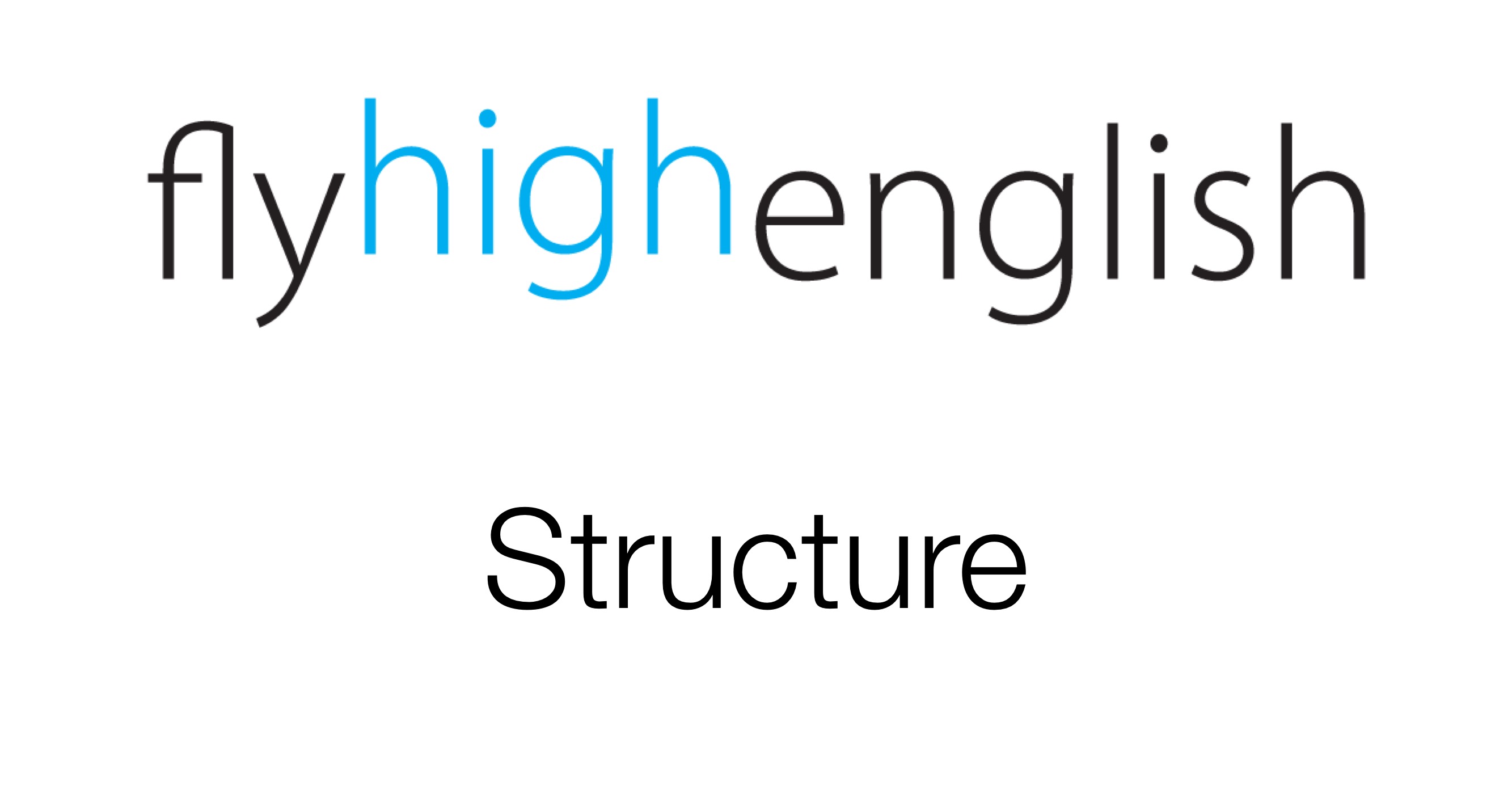
This time in our structure help we talk about the past perfect. Look at the example below.
Peter had a flight at 9am last Saturday morning. He woke up late and arrived at the airport at 10am. The flight had already left.
The past perfect is a verb tense. It is formed by using had + past participle. Very often we talk about the past. When we use some past simple verbs in a row, we understand that the first action happened first and that the second action happened second etc… But sometimes when we talk about the past we want to say that something happened before the previous past simple verb. We use the past perfect in these situations. Look at the following example.
Example 1: I flew on the A380 last week. It’s a fantastic plane with four engines and two floors. I hadn’t flown on it before.
We also use the past perfect to talk about actions in the way we experience them, which is sometimes not in the order that they happen. Look at the following example.
Example 2: Captain Smith boarded his plane 30 minutes before the scheduled takeoff time. When he entered the cockpit and opened the maintenance logbook, he discovered that the plane had suffered a problem with the APU.
I this situation we talk about the story in the way Captain Smith experienced it, after he arrived on the plane he discovered the problem. It’s very natural and normal to talk about our experiences in this way and the past perfect is essential in such situations.
Let’s look at one final example.
Example 3: When the plane stopped at the runway holding point, the co-pilot realised that the ground staff hadn’t loaded the catering on board.
Now try to write some of your own examples.
Follow us on Twitter here, Facebook here for more great content!
Have a great day!
Like this:
Like Loading...


